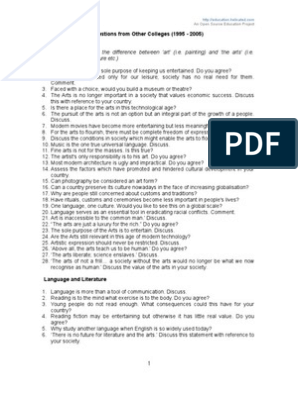0% found this document useful (0 votes)
62 views6 pagesOde Assignment 4
This document contains an assignment on first-order ordinary differential equations, featuring various problems and multiple-choice questions. It includes topics such as integrating factors, solutions to differential equations, and properties of specific equations. An answer key is provided at the end for self-assessment.
Uploaded by
backbone1569Copyright
© © All Rights Reserved
We take content rights seriously. If you suspect this is your content, claim it here.
Available Formats
Download as PDF, TXT or read online on Scribd
0% found this document useful (0 votes)
62 views6 pagesOde Assignment 4
This document contains an assignment on first-order ordinary differential equations, featuring various problems and multiple-choice questions. It includes topics such as integrating factors, solutions to differential equations, and properties of specific equations. An answer key is provided at the end for self-assessment.
Uploaded by
backbone1569Copyright
© © All Rights Reserved
We take content rights seriously. If you suspect this is your content, claim it here.
Available Formats
Download as PDF, TXT or read online on Scribd
/ 6

























































































